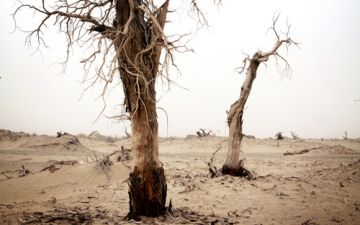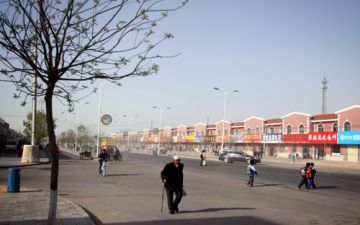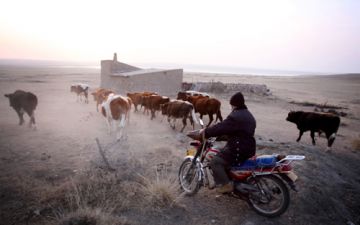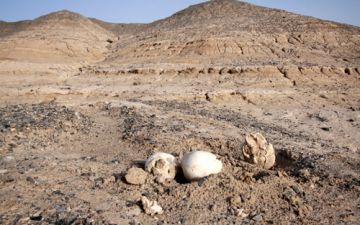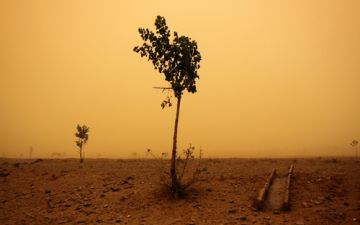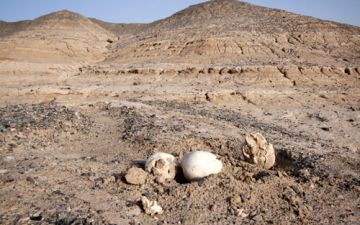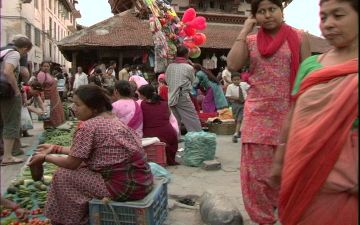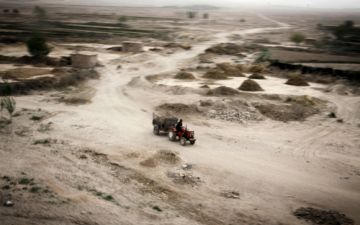Desert Playground
The Shapotou desert resort is the jewel in the tourism crown for Ningxia, China's poorest province. Lying on the edges of the Tengger desert, it is one of the most dramatic natural settings in all of China, situated at the convergence of the desert, the Yellow River and the "Fragrant Mountain" Range". Thousands of domestic tourists descend upon Shapotou each year to enjoy the natural scenery and partake in various activities on and around the 100-metre high dunes.

